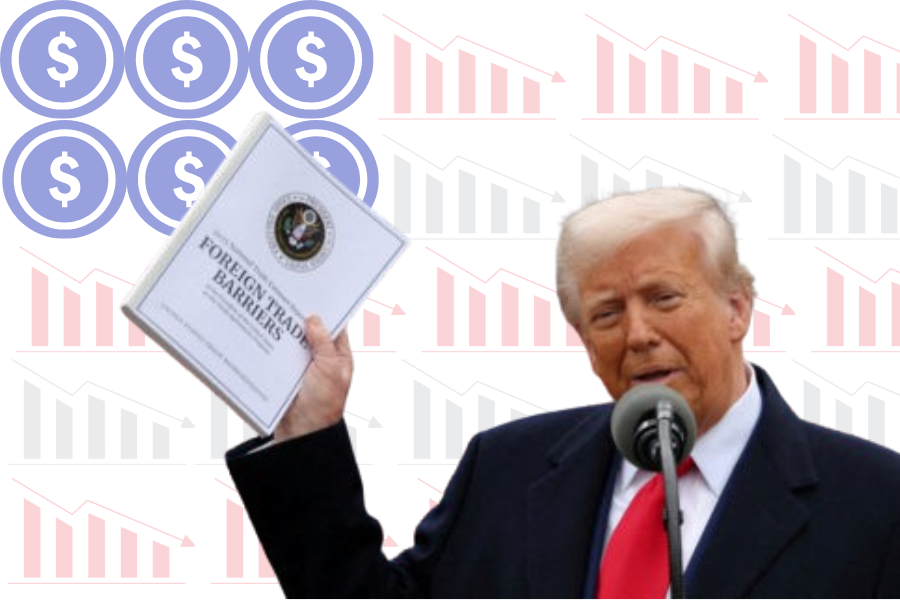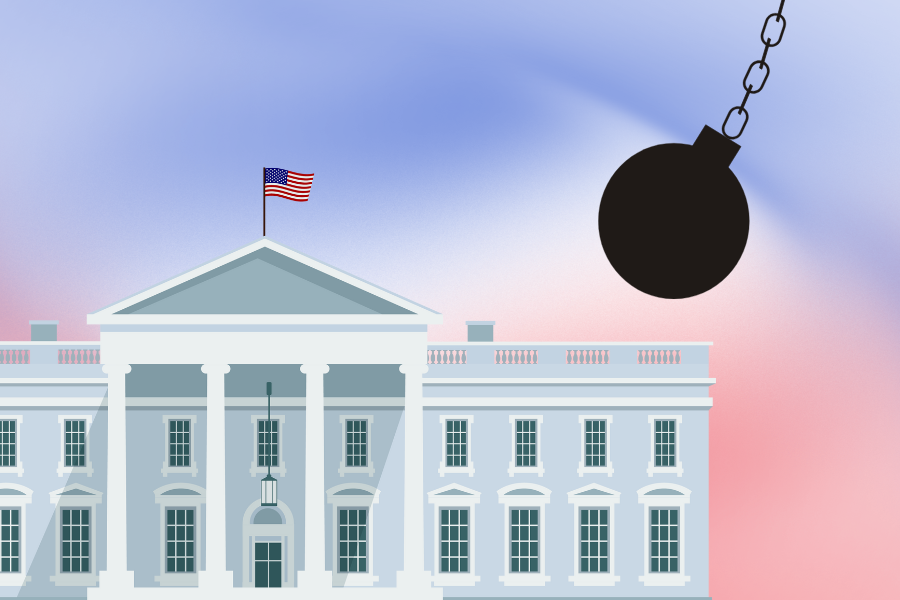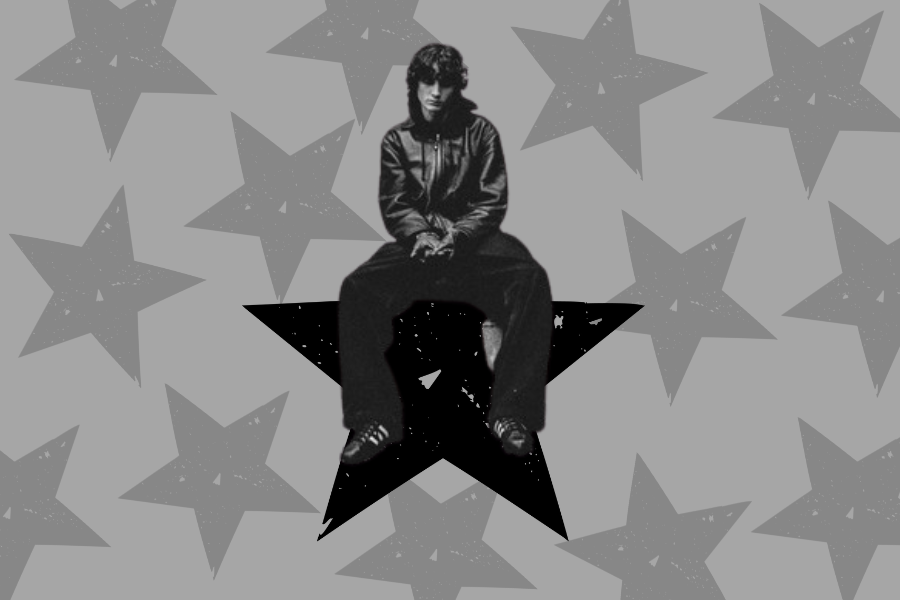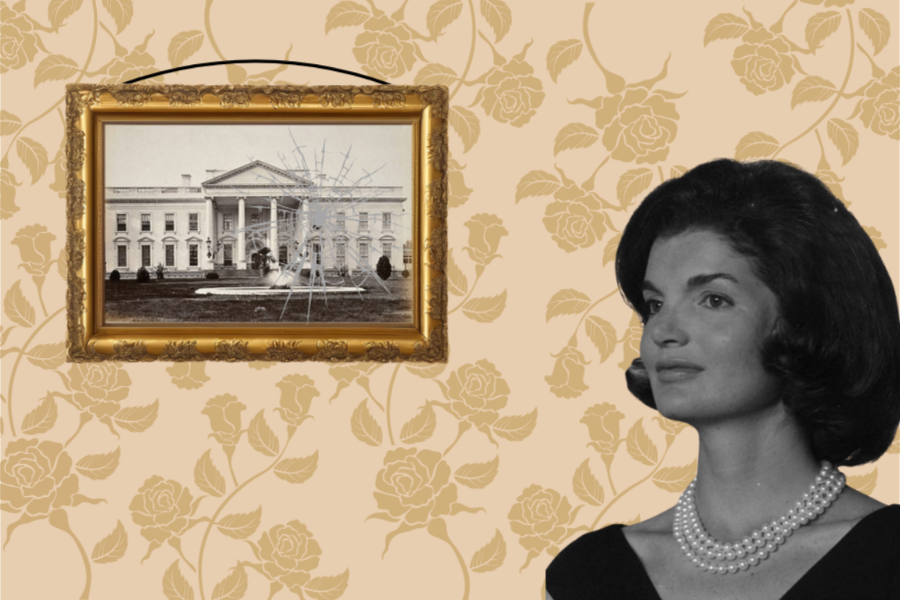On April 2, President Donald Trump declared a national emergency and slapped sweeping tariffs on nearly all imports. From cars to coffee, from China to Canada, nothing was spared. The move was framed as a patriotic stand for “reciprocal trade,”- but beneath the red, white, and blue rhetoric lies the same corporate globalization — now with a MAGA label stuck on it. This isn’t about dismantling free trade, but weaponizing it.
Trump claims to be defending American workers. However, this man signed the rebranded NAFTA (North American Free Trade Agreement) — formerly the U.S.-Mexico-Canada Agreement (USMCA) — and called it “the fairest, most balanced, and beneficial trade agreement” in U.S. history. But USMCA retained much of the corporate-friendly framework that helped ship jobs overseas and weakened environmental and labor protections.
Trump hasn’t completely rejected the old corporate trade model. He is now using tariffs not as a strategic tool but as political theater.
“Free trade” agreements like NAFTA were always about corporate power with no real interest in the good of the people. They made it easier to offshore jobs, dismantle regulations, and give investor rights the upper hand over worker rights. Unfair wages, high inequality rates, and communities hurting every single day. Trump has spent years exploiting the pain of the working class, blaming everyone but the actual culprits: multinational corporations and the U.S. politicians who do their bidding.
Tariffs can play a role in industrial policy, but Trump’s version lacks any effective strategy. It lacks plans for clean energy, investment in domestic manufacturing and labor protections. And when paired with the rest of his agenda — cutting funding for science and clean energy, slashing social services, attacking unions and handing even more power to corporations — the message is clear: working people aren’t benefiting from any of this.
In his “Liberation Day” speech, Trump accused other nations of “pillaging” the U.S., saying the U.S. has been victimized by other countries and has been “too nice” in response. But this couldn’t be less true, because the rules of the trade system were written in the interest of corporations in the North–the global working class has continuously lost out to U.S. corporate giants like Wall Street, Big Tech and Big Pharma, to name a few.
Now Trump claims he’s fixing it but he’s just doubling down.
Trump, who has spent years on an anti-NAFTA track, only to rebrand it as USMCA and suddenly be all for it. But the deal still expanded corporate rights, limited public oversight, and undermined regulation. The modest labor protections that do exist weren’t Trump’s doing — they were fought for by human beings: unions, civil society groups and House Democrats who forced changes to Trump’s original draft.
Trump isn’t using tariffs to rebuild the economy. He’s using them to punish those that oppose him and reward the cult-like loyalty that fuels his administration. He’s threatened Mexico with tariffs unless they militarize their borders. He’s put pressure on Colombia to accept a deportation flight of those seeking asylum.
Trump’s methods for assigning tariffs are as sloppy as they are cynical. Countries have been hit based on their trade imbalance with the U.S., ignoring the actual reasons for that imbalance — such as income levels or exchange rates. Lesotho, a small African country with a population of 2 million, was hit with a 50% tariff because it imports more from the U.S. than it exports.
Tariffs aren’t inherently bad. But they require nuance and strategy, and Trump’s approach has neither. At the heart of the “Liberation Day” speech was a 400-page report detailing every foreign policy that U.S. corporations don’t like — from Canada’s clean fuel standard to Japan’s renewable energy programs to EU climate rules. It’s a corporate hit list, masquerading as trade policy.
Among the so-called “non-tariff barriers” targeted: bans on toxic chemicals, food safety labeling and digital taxes on Big Tech. These have basically nothing to do with trade; they are public protections in the interest of the people. And Trump wants them gone.
Trump’s trade policy reinforces the very system it pretends to oppose. By keeping the corporate trade structure intact and scapegoating foreign countries, he’s setting the stage for more corruption, more instability and more power for the already all-too-powerful.
And, unsurprisingly, the people who are paying the price aren’t CEOs. They’re workers, consumers and the communities already left behind, many of whom put Trump in office, voting for his empty promises of lower egg prices and tax cuts.
If we’re serious about trade justice, we need more than this. We deserve more than this. We need binding labor rights. We need climate protections. Strategic investment in people and industries that serve the public good, not just the rich that keep getting richer.
What Trump offers is none of that. No plans, no protections and no transparency. Just performative “protectionism” that plays to the cameras, keeping his glorified cult of an audience blissfully unaware while serving corporate elites behind the scenes.
You don’t liberate a nation by attacking its workers and completely removing its protections. You do it by building a system that puts people — not money — at the center. Trump’s latest stunt isn’t liberation. It’s a con.
OPINION: Trump’s tariffs lack protection for everyday citizens from being economic collateral damage
0
Donate to The Suffolk Journal
$170
$1050
Contributed
Our Goal
Your donation will support the student journalists of Suffolk University. Your contribution will allow us to cover our annual website hosting costs.
More to Discover
About the Contributors

Kamdyn Sargent, Staff Writer | she/her
Kamdyn is a sophomore journalism major from Ellsworth, Maine. When she isn’t writing for the Journal, she can be found reading true crime novels, going on long walks around the city, and listening to music in quaint coffee shops. After college, Kamdyn hopes to go into investigative journalism.

Victoria White, Opinion Editor | she/her
Victoria is a sophomore journalism major with an English minor from Chico, California. When she’s not writing for the Suffolk Journal, she can be found exploring Boston for new places to get an iced white mocha or cuddled up in her dorm with her plethora of shark plushies. Victoria is passionate about journalism as a whole and can’t wait to explore the discipline more!








